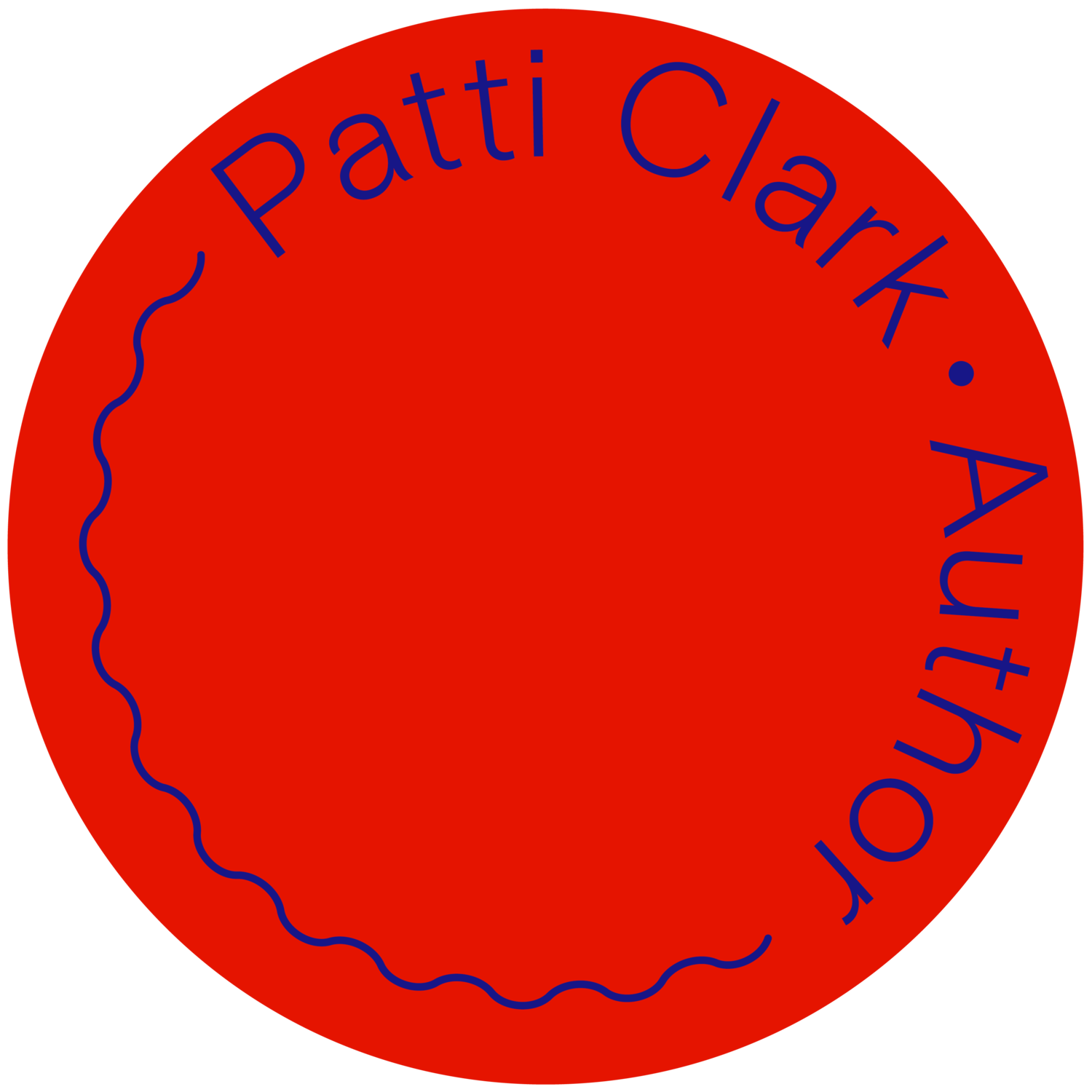Pause . . . to Help Joy Stick
“Find a place inside where there’s joy, and the joy will burn out the pain.”– Joseph Campbell
_______________________________________________________________________________

Joy and happiness are wonderful feelings to experience, but are very different. Joy is more consistent and is cultivated internally. It comes when you make peace with who you are, why you are and how you are, whereas happiness tends to be externally triggered and is often based on other people, things, places, thoughts and events.
Tara Brach describes joy as the aliveness and openness that occurs when we let ourselves be available to the whole play of existence. It’s a natural capacity, in our wiring, and it can be cultivated.
Joy comes from a habit of thinking and can be a contributor to our bio chemistry. We sustain a joy set point, as it were, based on what we think about and focus on.
Deepak Chopra explains that when you activate a positive belief, your cells get the message.
 One way to cultivate joy, is through gratitude. Studies have shown that gratitude changes the body/mind chemistry. So when you have an experience and you feel good because of that experience, take time and allow yourself to feel good; PAUSE and let it sink in — ‘install it.'
One way to cultivate joy, is through gratitude. Studies have shown that gratitude changes the body/mind chemistry. So when you have an experience and you feel good because of that experience, take time and allow yourself to feel good; PAUSE and let it sink in — ‘install it.'
“Scientists believe that your brain has a built-in “negativity bias.” In other words, as we evolved over millions of years, dodging sticks and chasing carrots, it was a lot more important to notice, react to, and remember sticks than it was for carrots.
That’s because — in the tough environments in which our ancestors lived — if they missed out on a carrot, they usually had a shot at another one later on. But if they failed to avoid a stick — a predator, a natural hazard, or aggression from others of their species — WHAM, no more chances to pass on their genes.
The negativity bias shows up in lots of ways. For example, studies have found that:
1. In a relationship, it typically takes five good interactions to make up for a single bad one.
2. People will work much harder to avoid losing $100 than they will work to gain the same amount of money.
3. Painful experiences are much more memorable than pleasurable ones.
In effect, the brain is like Velcro for negative experiences, but Teflon for positive ones. That shades “implicit memory” — your underlying expectations, beliefs, action strategies, and mood — in an increasingly negative direction.”
So with that negative bias in mind, we have to work a bit harder to push positivity into our implicit memory. But it is absolutely possible.
Some people quote Buddha as saying: “I wouldn’t be teaching this if genuine joy and happiness were not possible” I’m not sure if Buddha actually said that, but in the Karaniya Metta Sutta, Buddha did say
“Whatever living beings there may be — feeble or strong, long, stout, or of medium size, short, small, large —
may all beings have happy minds.”
So today, let’s work toward that happy mind, let’s choose joy and make it stickier.
I’ll close this post with a wonderful talk and meditation about Joy by Tara Brach. It's a longer video, almost an hour, but well worth the time. If you don't have time to listen now, at least listen to her opening joke in the first couple of minutes. It made me laugh. [embed]https://www.youtube.com/watch?v=ugZ8B_kZRLU[/embed]
